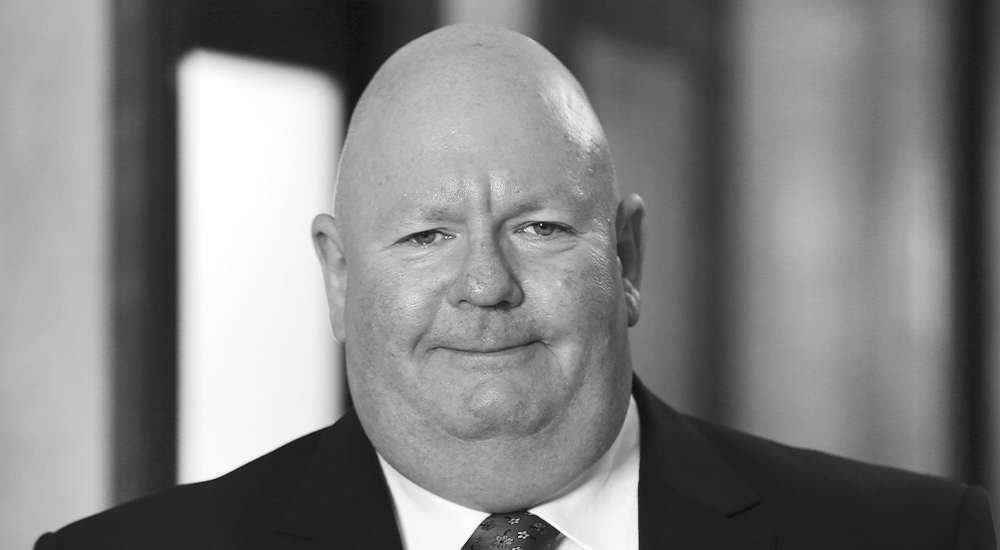After the introduction of the Sustainable Finance Disclosure Regulation (SFDR), a number of investors started to use the respective classifications as selection tools for mutual funds and ETFs since they wanted to comply with internal ESG guidelines or to ensure that they offer the right funds to their customers. Even as this approach seems to be logical and right, it may not lead to the right results.
As the demand for mutual funds and ETFs classified by Article 8 or 9 increased, fund promoters reacted and relabelled a number of funds, respectively, in some cases without changing the investment strategy or management approach accordingly. This is because the regulation leaves a lot of room for interpretation of what a fund has to do to become an Article 8 product.
SFDR key tool for evaluating ESG ETFs, Brown Brothers Harriman survey finds
Even as ESMA warned asset managers that SFDR should not be used as a marketing tool, the strong demand from fund selectors and other gatekeepers forced fund promoters to react quickly if they do not want to miss out on sales opportunities or want to avoid large outflows.
The high number of reclassifications raised concerns that some of these funds are doing so-called greenwashing by adding a few words about the possible usage of ESG criteria to fund documents, which might not impact the overall fund management process.
Even as a number of market observers see this as an attempt to generate net sales by greenwashing the respective funds, these funds may still fulfil the Article 8 requirements, as there are currently no hard rules or definitions on the implementation of ESG criteria for Article 8 funds.
This means that fund selectors and investors can use the SFDR classifications to filter down the respective fund universe, however, they cannot rely on the fact that the respective funds will fulfil the needs of an investor who wants to buy a fund that follows an ESG-related investment approach.
Therefore, fund selectors and investors have to do a proper assessment of the fund strategy to find those funds which really meet their goals.
I assume that regulators will add more guidelines and rules to the SFDR classifications under Article 6, 8 and 9, as one of the main goals of this regulation is to protect investors from greenwashing.
With regard to this, we already witnessed that local regulators in some EU countries reacted and either announced that they will hold fund promoters responsible for their fund classifications or will introduce additional rules to prevent greenwashing.
Therefore, we may see that a number of funds which are currently classified as Article 8 products will reclassify themselves as Article 6 products over time.
But even then, fund selectors and investors are not liberated from their duties to do a proper fund due diligence, as not all funds will fulfil the needs of a specific portfolio since the right ESG approach is defined by the preferences of the respective investor.
Detlef Glow is head of Lipper EMEA research at Refinitiv, an LSEG business
Related articles



